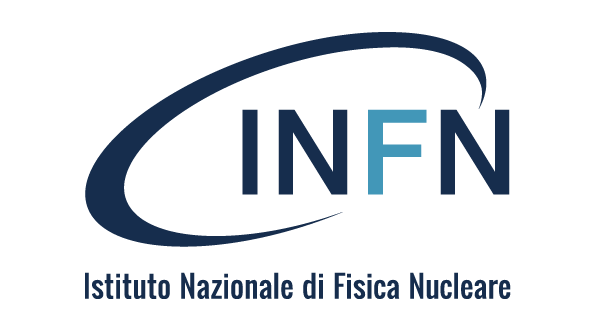PEOPLE
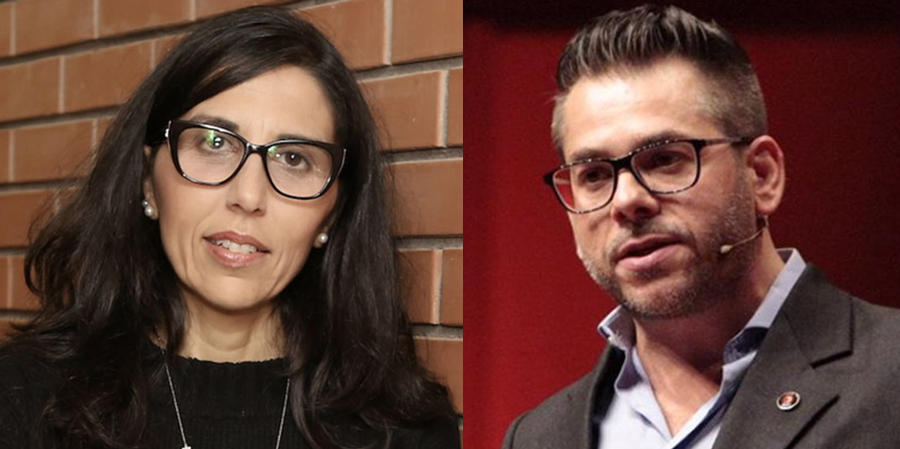
THE IMAGE OF SGR A*, THE DARK HEART OF THE MILKY WAY, UNVEILED
Interview with Marifelicia De Laurentis, professor at the University Federico II in Naples, researcher at the Naples INFN Division and Ciriaco Goddi, professor at the University of Cagliari and researcher at the Cagliari INFN and INAF divisions
Beyond its unquestionable scientific value, the first and striking image of Sgr A*, the supermassive black hole at the heart of our galaxy, presented on 12 May by the Event Horizon Telescope (EHT) international collaboration at three simultaneous press conferences held in Europe, Asia and the USA, is an emblematic case of technological success. While the possibility of observing the swirling behaviour of matter around the event horizon of a black hole made it possible to test the predictions of Einstein’s general relativity in a so-called strong gravitational field, access to this information required the adoption of data acquisition and integration techniques and systems capable of overcoming the experimental difficulties associated with the distance separating Sgr A* from our planet, which is approximately 27,000 light years away, and the extremely variable nature of this particular black hole. Hurdles which were overcome by creating a virtual telescope the size of Earth, using the network of eight radio-astronomical observatories, distributed around the globe, which make up the EHT. A solution that has already proven to be successful with the production and revelation of the first “photo” of a black hole, M87*, in 2019. ...
The main objective of the EHT collaboration has always been to acquire an image of SgrA*. When did the hypothesis concerning the presence of a compact celestial body at the centre of our galaxy mature and what kind of evidence existed, prior to the result obtained by EHT, for its existence?
The approximate position of Sagittarius A* in the centre of the Milky Way has been known for almost a century. It was first found by monitoring the positions and velocities of globular clusters, which tended to orbit around a common point. However, the telescopes of the past were not able to detect any interesting objects due to the presence of dust, in the central regions of our galaxy, which is so dense that it is able to extinguish almost all forms of light coming from the galactic centre.NEWS
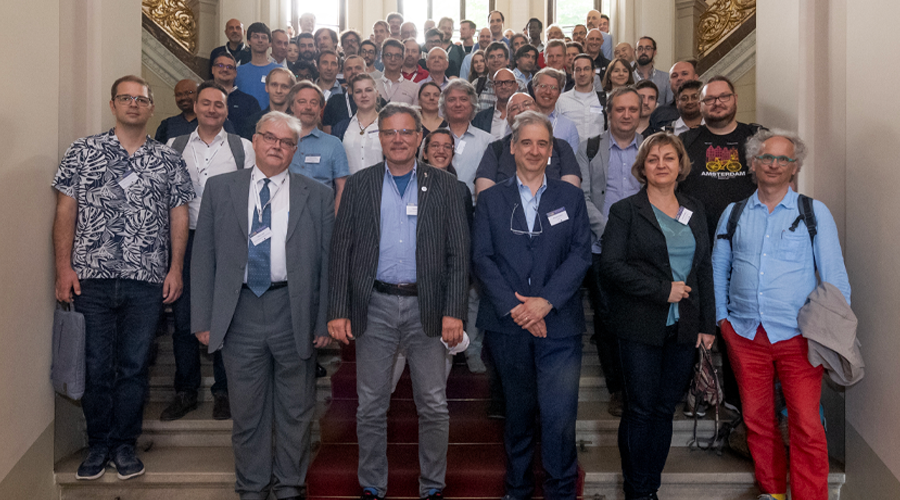
INTERNATIONAL COLLABORATION
THE EINSTEIN TELESCOPE SCIENTIFIC COLLABORATION IS BORN
The community working on the ET Einstein Telescope project to build Europe's future gravitational wave observatory formally stated the birth of the Einstein Telescope Scientific Collaboration at the 12th ET Symposium held at the Hungarian Academy of Sciences in Budapest on June 7 and 8.
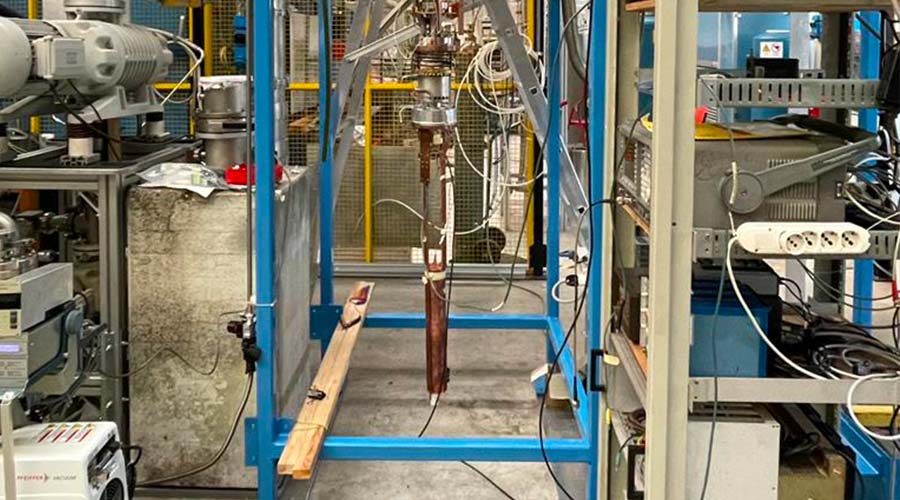
INTERNATIONAL COLLABORATION
HUNTING FOR DARK MATTER WITH NEXT-GENERATION QUANTUM SENSORS
An innovative contribution in the search for dark matter could come from the development of devices based on quantum properties. Interesting progress, in which INFN is involved too, was recently achieved during the activities promoted by SQMS (Superconducting Quantum Materials and Systems Centre), the Fermilab centre funded by the US Department of Energy (DOE) and dedicated to research on new technologies for quantum computing and quantum sensing.
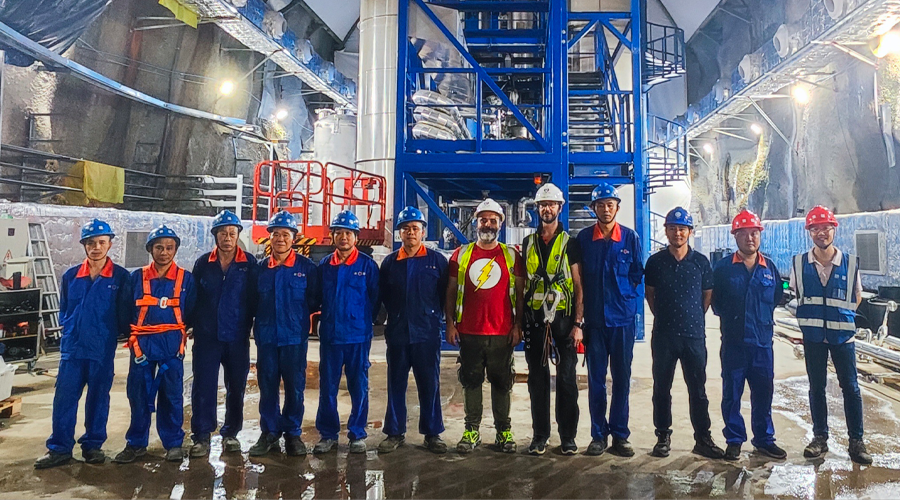
RESEARCH INFRASTRUCTURE
CHINA: FIRST PURIFICATION SYSTEMS OF THE FUTURE JUNO NEUTRINO OBSERVATORY SUCCESSFULLY INSTALLED
Building a gigantic underground experiment for the detection of neutrinos in southern China: this is the goal of the JUNO Jiangmen Underground Neutrino Observatory collaboration, to which INFN has provided essential technological and scientific contributions for over nine years. In particular, the INFN researchers have designed, built and recently installed two large plants for the optical and radioactive purification of the experiment's scintillator, that is the 20,000 tons of liquid that will make up the heart of JUNO and that will allow the revelation of neutrinos.
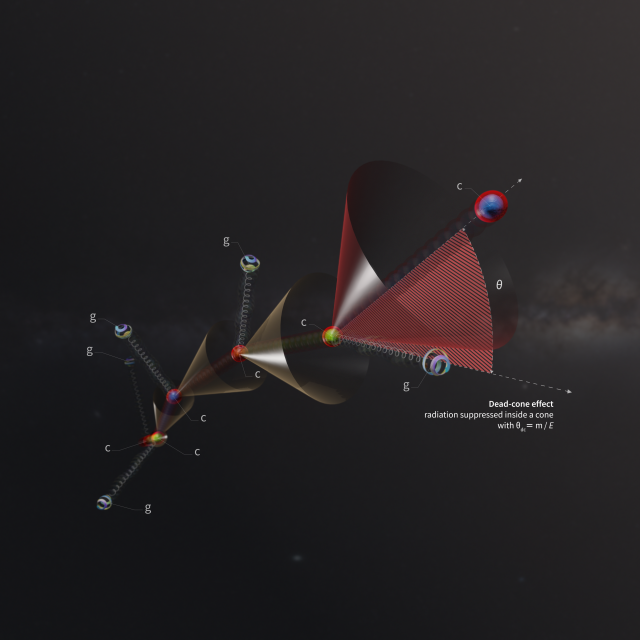
RESEARCH
FOR THE FIRST TIME, ALICE OBSERVES A PARTICULAR BEHAVIOUR OF CHARM QUARKS PREDICTED BY QCD
The first observation of the effect called ‘dead cone’ predicted by quantum chromodynamics (QCD, the theory that describes the strong interactions within atomic nuclei), according to which high-mass quarks produced in particle accelerators cannot irradiate small-angle energy, provides a new window on the mass of the charm quark. A study published on May 18, in the journal Nature disseminated the news.
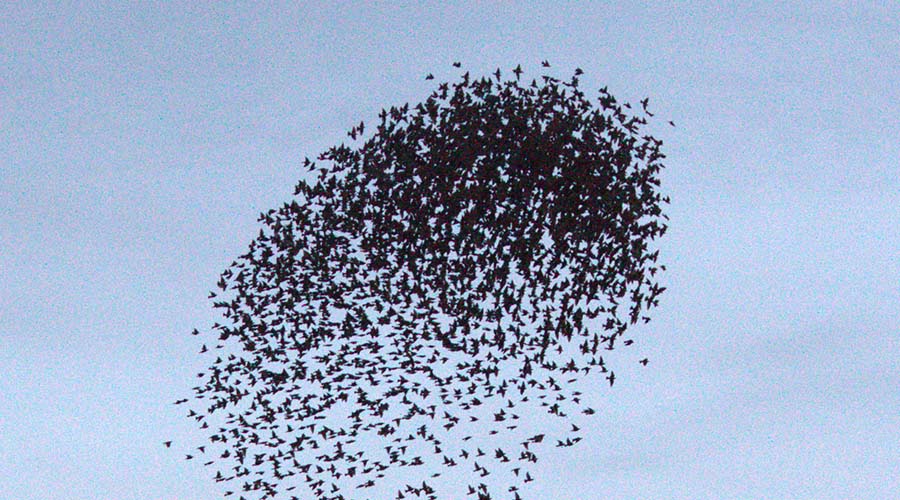
RESEARCH
A MATHEMATICAL MODEL FOR DESCRIBING THE COORDINATED BEHAVIOUR OF STARLINGS
The natural show represented by the hypnotic and changing figures drawn in the sky by the coordinated and synchronised movements of starlings is the result of a collective behaviour that many bird species can adopt to promptly respond to attacks from their predators.
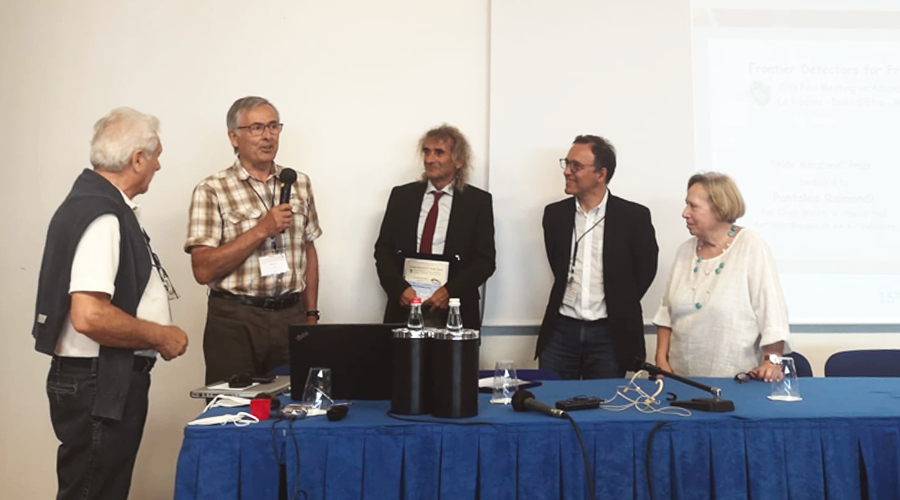
AWARDS
THE ALDO MENZIONE PRIZE GOES TO RENÉ BRUN AND PANTALEO RAIMONDI
The physicists René Brun and Pantaleo Raimondi yesterday received the Aldo Menzione prize for their exceptional contributions to the devolopment of innovative detection techniques. The prize, worth € 2,500, was awarded by the “Frontier Detectors for Frontier Physics” association, during a ceremony that took place at La Biodola, on Elba, during the international conference: “15th Pisa Meeting on Advanced Detectors: Frontier Detectors for Frontier Physics”.
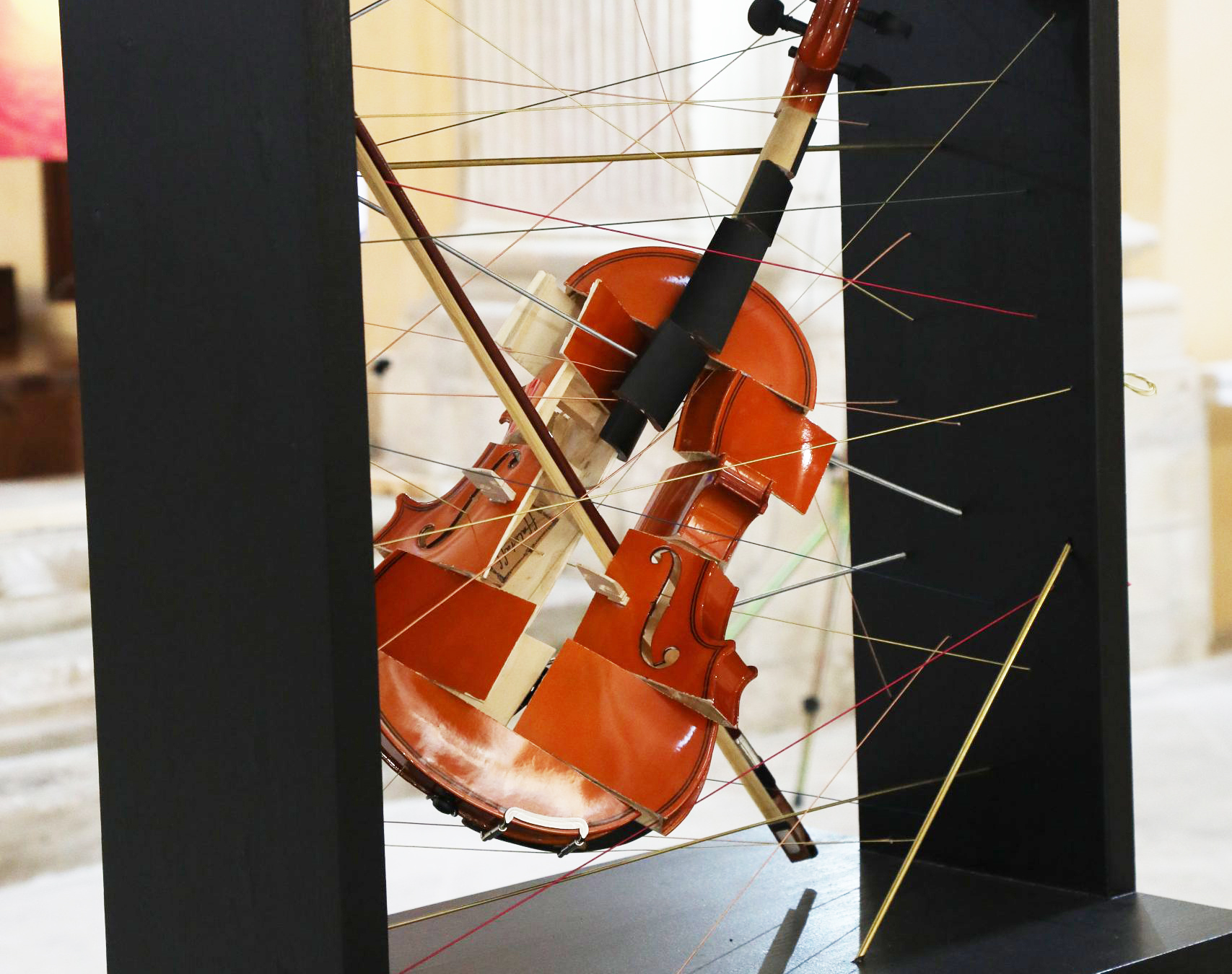
OUTREACH
A MONTH OF INFN EVENTS FOR SCHOOLS
From 13 to 30 May, the final national exhibition of the 2020-2022 edition of Art&Science Across Italy was held. It was hosted by the Museo Archeologico Nazionale in Naples. Eight works were chosen as winners: on the podium were the finalist teams from Lecce (1st place), Bari (2nd place), and Padua (3rd place).
FOCUS
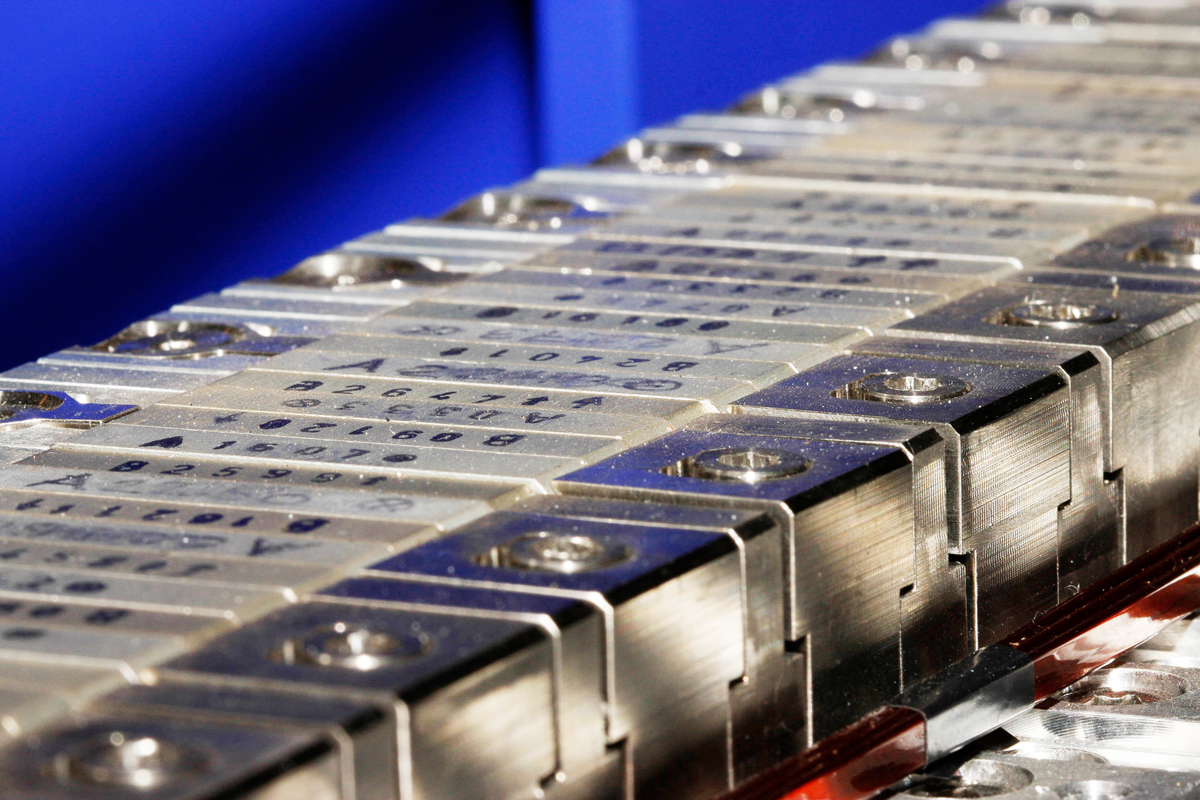 THE FIRST FEL LAMP WITH PLASMA-ACCELERATED ELECTRONS AT SPARC_LAB
THE FIRST FEL LAMP WITH PLASMA-ACCELERATED ELECTRONS AT SPARC_LAB
Ultra-compact, low-cost accelerators at the service of basic physics and for useful applications in other sectors too: this is certainly one of the big challenges for future accelerators. One attractive solution for accelerating particles using compact accelerators could be that of using the waves generated in a plasma, the state of matter in conditions of high ionisation (such as, for example, stellar matter). In any case, despite the very high acceleration gradients produced in a plasma (up to three orders of magnitude greater than the conventional machines based on radio-frequency technology), their use was, until now, limited due to the low quality of the beam produced. ...
TAKE PART IN
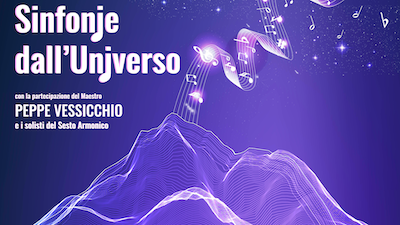 70INFN - SYMPHONY FROM THE UNIVERSE TO THE GRAN SASSO NATIONAL LABORATORIES
70INFN - SYMPHONY FROM THE UNIVERSE TO THE GRAN SASSO NATIONAL LABORATORIES
On 21 June at 6 pm at the Auditorium del Parco in L’Aquila, the INFN Gran Sasso National Laboratories will celebrate 35 years since their foundation with the event “Sinfonie dall’Universo” (Symphonies from the Universe). The event, developed as part of the celebrations for the INFN’s 70th anniversary, will feature the director of the Laboratories Ezio Previtali and INFN president Antonio Zoccol ...
INFORMATION AND CONTACT
Images cover
Cover image: Black hole
INFN - COMMUNICATIONS OFFICE
comunicazione@presid.infn.it
+39 06 6868162
EDITORIAL BOARD
Coordination:
Francesca Scianitti
Project and contents:
Cecilia Collà Ruvolo, Eleonora Cossi, Matteo Massicci, Anna Greco, Francesca Mazzotta, Francesca Scianitti, Antonella Varaschin
Design and Mailing Coordinator:
Francesca Cuicchio
Gaia Stirpe
Translation
ALLtrad
ICT service:
Servizio Infrastrutture e Servizi Informatici Nazionali INFN
Collaboration on this issue:
Diego Tonini, INFN Ufficio Trasferimento Tecnologico
